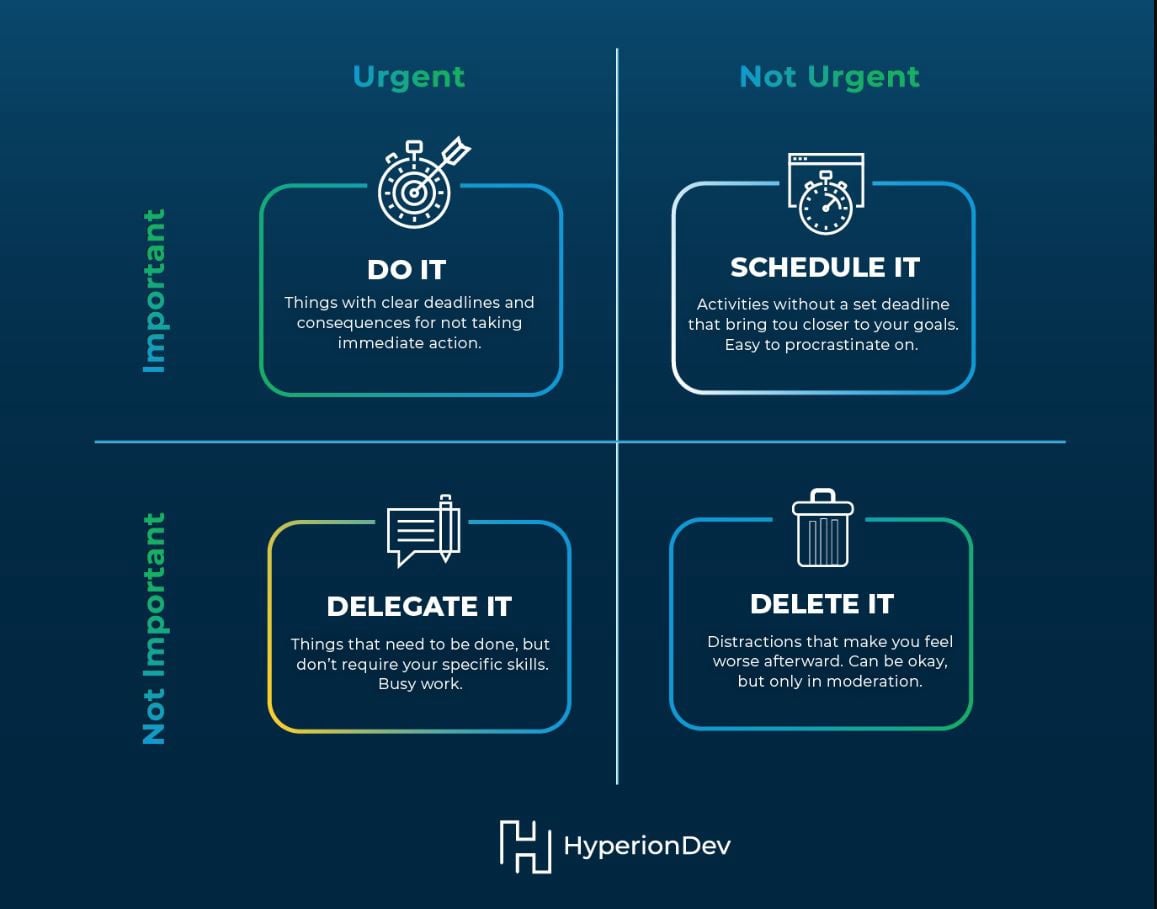
Sleep functions to revitalise us mentally and physically, and give us energy to face the day. Scientifically, we know a lot about why and how this happens. Sleep is when we do a lot of our processing of experiences and emotions. It lowers blood pressure and promotes cardiac health. It even helps our bodies to regulate blood sugar - research indicates that adults who get less than 7 hours of sleep per night are at higher risk of getting type two diabetes as the lack of sleep increases insulin resistance (Center for Disease Control and Prevention, 2021). The body’s production of hormones necessary for tissue repair is highest during sleep (Halson, 2020), as well as that of cytokines, important for fighting infection (National Heart, Lung, and Blood Institute, n.d.)
Most importantly from a learning perspective, sleep helps us to think clearly, process and store new information, and form memories. The Sleep Foundation (2022) explains that “quality sleep leads to improved concentration and better problem-solving and decision-making”. In addition, as we come to understand more and more about the neurobiology of the brain, and neuroplasticity in particular, it becomes increasingly clear that sleep is vital in the growth and adaption of neural networks (Puderbaugh & Emmady, 2022).














